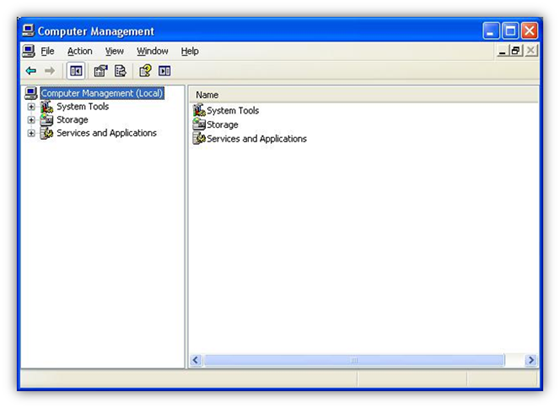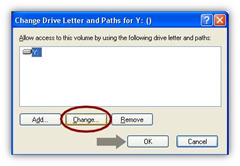When a new hard drive or CD-ROM is added to your PC, Windows automatically assigns a letter to the drive on Windows XP. However, the assignment may not be in the proper sequence, which often results in conflict with the assignment. When you insert or connect an external flash drive, pen drive, or external drive to a USB port, Windows may not display the connected drives on the PC due to an assignment conflict.
Even though you try to reinsert the Flash drive or external drive again, which most of the time doesn’t help, there is still a message saying “Ready to use.” This is the most common issue caused by drive letter assignments. Windows tries to assign a letter to the new drive, but the letter is already in use by another; maybe the drive letter is being used by one of the remote computers on the network drive.
However, we can assign drive letters manually to the drives.
Note: We cannot change the drive letter of the Windows directory, i.e., The drive where the Windows is installed.
There is no risk in changing the drive letter. However, suppose you have installed any programs on the specific drive. In that case, the program or application icons or shortcuts will not function.
Follow the below steps to change drive letter:
Step 1: Go to Start –> Control Panel –> Administrative Tools –> Computer Management. Alternatively, you can also Open Run, press Windows Logo + R, Now Type “compmgmt.msc” without quotes, and press Enter.

Step 2: Now, in Computer Management, Go to Storage –> Disk Management.
Step 3: On the right Pane of Disk Management. Select the drive of whom you need to change the drive letter and choose “Change Drive Letter and Paths..“

Step 4: Now, Click on “Change” and select a new drive letter from the available drop-down menu. Click OK.


Step 5: The Confirm window will appear, saying, “Some programs that rely on drive letters might not run correctly. Do you want to continue?” Click on “Yes.”
Note: If any software is already installed on the drive, and you change the drive letter of the same drive, it may result in the software not functioning correctly.
Step 6: There may be one more message box that pops up, asking yes or no. Click on “Yes”.
This trick helps keep all drives in sequence and organized and also helps to solve USB Detection problems caused by the drive letter assignment issues.



Years of seeing the same drive letters on a daily basis really grow on you, I'm just glad i've stumble upon this tutorial, kudos to you mate cheers
AFAIC that’s the best anwser so far!